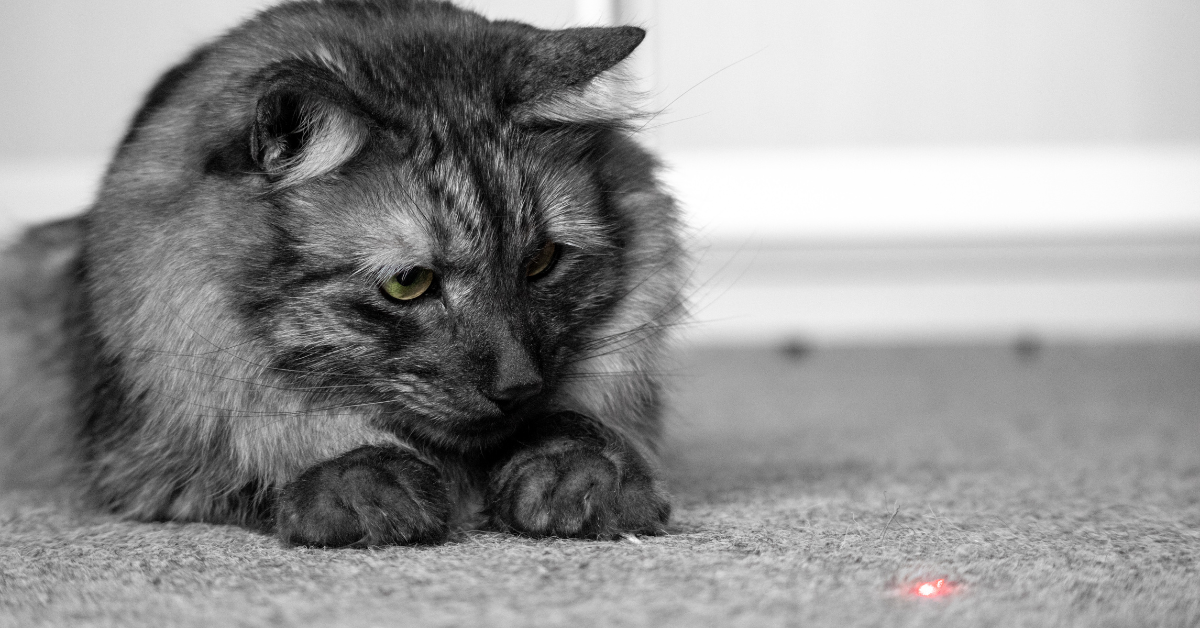Kissing spine syndrome is a back disorder in horses that causes pain, stiffness and soreness. It’s often complex to diagnose and a challenge to treat because it affects horses in different ways.
Courtney Cooper, a five-star eventer and breeder who is proudly sponsored by Banixx, describes her mare’s “very, very bad kissing spines” in a recent YouTube interview:
“I have a homebred mare and she got to the point where, we could get on her, we could tack her and I could get on her on the mounting block, but when I went to close my leg, she wouldn’t go anywhere with the rider on her back. She was violent about it,” says Cooper.
Kissing spines may invoke behavioral changes as Cooper mentioned, or increase sensitivity to touch or routine care. Horses may have reactions such as:
- bolting
- bucking
- edginess
- head tossing
- kicking out
- lameness
- rearing
- reluctance to jump or move forward
- resistance to training
- stiffness and soreness
- unwillingness to be groomed
How Is Kissing Spines Diagnosed?
The medical term for “kissing spines” is overriding dorsal spinous processes (ORDSP). These are bony projections at the top of each vertebrae along the horse’s spine that overlap or touch (hence “kissing”) rather than being spaced evenly. This can cause inflammation, pain or soreness where the bones rub together. Most horses have 54 vertebrae along the spinal column; however this can vary by breed from 51 to 58 vertebrae. Vertebrae that are commonly affected are between (T) 13 and 18, with (T) 15 the most affected. This one is located directly under the saddle and the rider’s seat.
An estimated 40% of horses have the condition but it is more common in Thoroughbreds, Quarter Horses, Warmbloods and dressage horses.
Interestingly, these horses often continue to perform and compete at high levels with the condition. The underlying cause for this syndrome is not known. The role of heredity is unclear or if certain horses are predisposed to the condition. It may be related to external factors such as poor saddle fit or improper training or problems with the rider; however, the research remains inconclusive and there are no known ways to prevent it.
Dr. James M. Hamilton, DVM, an equine sports medicine veterinarian, diagnoses about 50 cases of kissing spines annually at Southern Pines Equine Associates in Southern Pines, North Carolina. He says that some horses are prone to kissing spines due to having a long back and short vertical pelvis which can cause the vertebral column beneath the horse’s topline to take unnecessary stress.
“It is prudent to make as strong an effort as you can to get a specific diagnosis. There are many cost-effective ways of doing appropriate diagnostics that give a clear source of the lameness, how best to treat it, and some sense of prognosis,” says Dr. Hamilton.
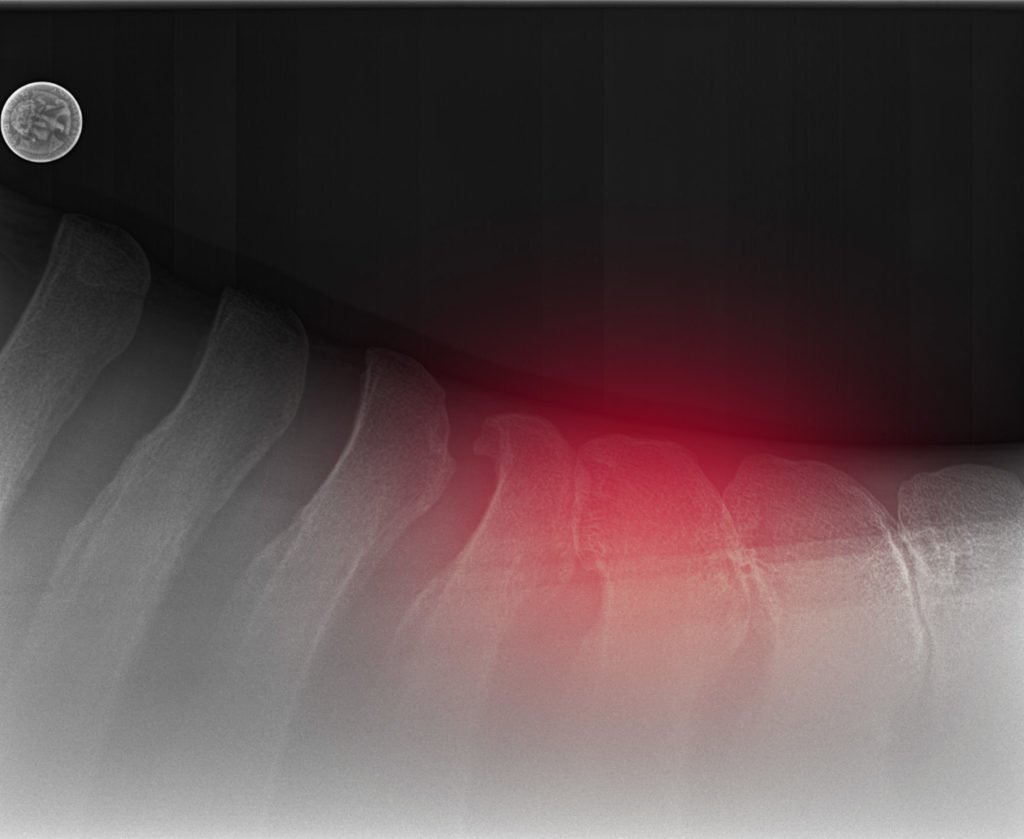
Kissing Spines
To diagnose kissing spines, your horse’s veterinarian will most likely obtain X-rays or radiographs, an ultrasound, bone scan or magnetic resonance image (MRI) to get a complete picture of the severity of the condition. The difficulty with the diagnosis is that some horses do not show any outward clinical signs for kissing spines, while others exhibit behaviors that may be attributed to other health problems unrelated to back pain.
“The radiographic findings are not necessarily indicative of how the horse reacts,” adds Cooper, who operates C Square Farm, a horse sales program and training operations based in Pennsylvania and South Carolina. “And so you can have horses that radiograph poorly but will never have a problem with it. And you can have horses that radiograph well and will have a problem with it. And so I think it really comes down to does the horse show palpable sensitivity and then how do you manage it?”
Effectively Treating and Managing Kissing Spines
The first line of treatment for your horse is to make her feel comfortable. One of the best ways to treat or potentially cure kissing spines is to give your horse an extended rest for a minimum of three to nine months and to incorporate other approaches to maximize comfort and manage kissing spines syndrome in the long term. These medical and therapeutic interventions may include:
- acupuncture, chiropractic, massage and physical therapies.
- bisphosphonate drugs, which prevent loss of bone density in horses four years or older.
- extracorporeal shockwave therapy, a noninvasive, nonsurgical approach for chronic and painful orthopedic problems.
- mesotherapy which stimulates the middle layer of the skin on the horse’s back that can help stop the pain and spasms.
- steroidal injections at regular intervals to reduce inflammation.
- surgical methods such as:
- inter-spinous ligament desmotomy (ISLD) which relieves pressure and increases space in the affected areas.
- bone shaving, trimming or removal of the problematic areas to allow for more room and movement.
In addition, you may need to add to these initial and ongoing treatments to support your horse with massage blankets, tack fit to ensure that the saddle, girth and pads are fitting properly and a daily physical therapy routine.
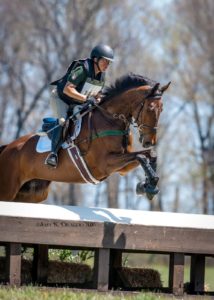
Courtney Cooper and Rock Star. Photo by Amy Dragoo.
At one time, kissing spine syndrome was considered a career ending condition. But great strides have been made in digital imaging and surgical and medical treatments. Cooper’s horse had surgery, underwent rehabilitation and made a full recovery. The mare resumed her career, competing at the two-star level. Cooper says horse owners can feel confident about doing a good job finding effective treatment and managing the condition.
“You know there are always extreme cases, it’s sort of like anything. But for the most part I think people have gotten to the point where they can manage and it’s inspiring them to do massage or riding work or mesotherapy, or injections, or shock wave or surgery. I don’t think it is like it used to be,” Cooper says.
Different treatment modalities with ongoing maintenance may take time and persistence until you find the right regimen for your horse. It is estimated that 85% of performance horses that are treated for this condition recover and continue on with successful careers. It is important to remain patient and try different methods until you find what works for your horse.
Your horse will be free from pain — and she just might kiss you for it!
Find Banixx at a store near you.
Brought to you by BANIXX – The #1 trusted solution for equine and pet owners!
We hope you found this article helpful and if your horse ever gets any cuts, abrasions, scratches or white line disease, we hope you keep Banixx Horse & Pet Care in mind.
Sources
- https://ceh.vetmed.ucdavis.edu/health-topics/kissing-spines; Young, Amy (2019, July 29). What are kissing spines? UC Davis Veterinary Medicine Center for Equine Health.
- https://thehorse.com/wp-content/uploads/2019/04/FactSheet_KissingSpines_2019.pdf; Oke, Stacey (2019, April); reviewed by Contino, Erin; Fact Sheet – Kissing Spines. TheHorse.com – Your Guide to Equine Health Care.
- https://news.vet.tufts.edu/2019/09/surgical-management-of-kissing-spines/; Tufts Cummings School of Veterinary Medicine. (2019, September 4); Surgical management of kissing spines. Cummings School News Center.
- https://thehorse.com/148184/kissing-spines-horses-back-pain/; Hill, Jackie (2018, February 14) Kissing spines in horses: More than back pain. TheHorse.com – Your Guide to Equine Health Care.
- https://thehorse.com/148184/kissing-spines-horses-back-pain/; Hill, Jackie (2018, February 14) Kissing spines in horses: More than back pain. TheHorse.com – Your Guide to Equine Health Care.
- https://news.vet.tufts.edu/2019/09/surgical-management-of-kissing-spines/;Tufts Cummings School of Veterinary Medicine. (2019, September 4); Surgical management of kissing spines. Cummings School News Center.
Share this Post
Featured Post
Recent Posts
Lipomas….mysterious Lumps & Bumps on your pup…When should I worry? What should I do about them?
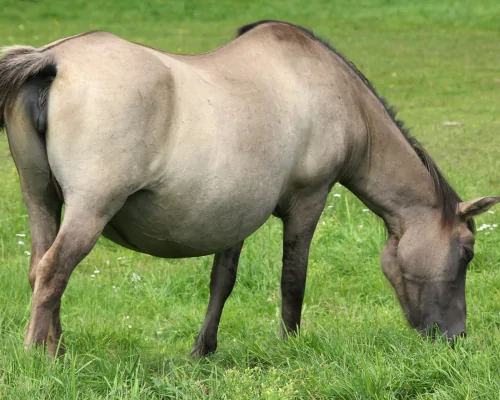
Managing the Mamas –Part 2 –The development process
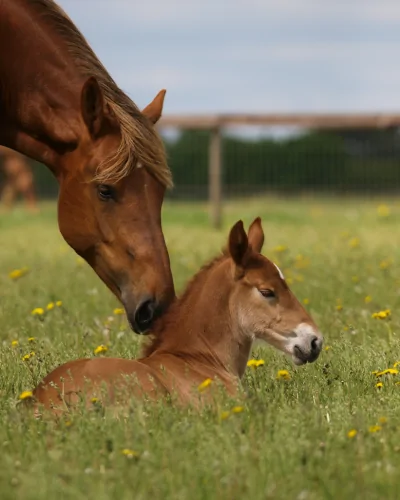
Managing the Mamas: Part 1 – Preparing to Breed Your Mare

HOW MANY TOES?? Caring for the Polydactyl Cat
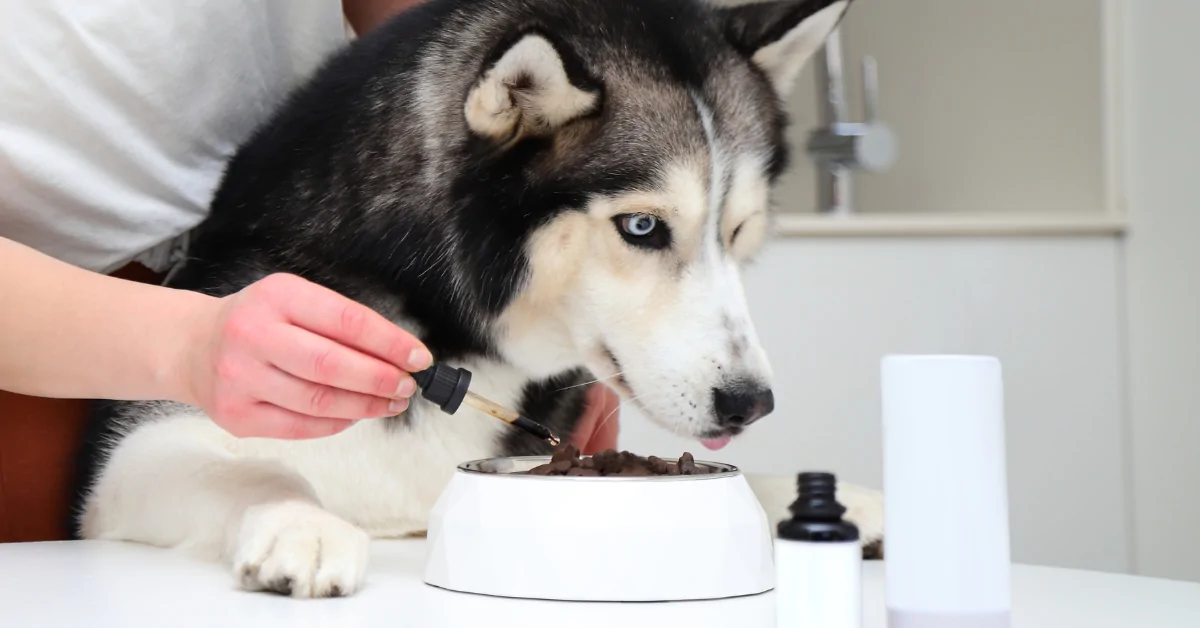
Do Dog Joint Supplements Actually Work?
